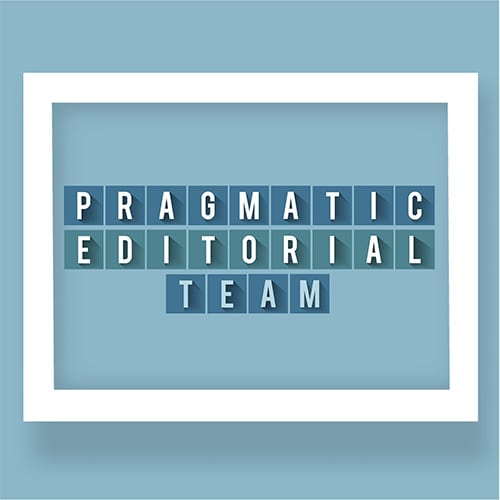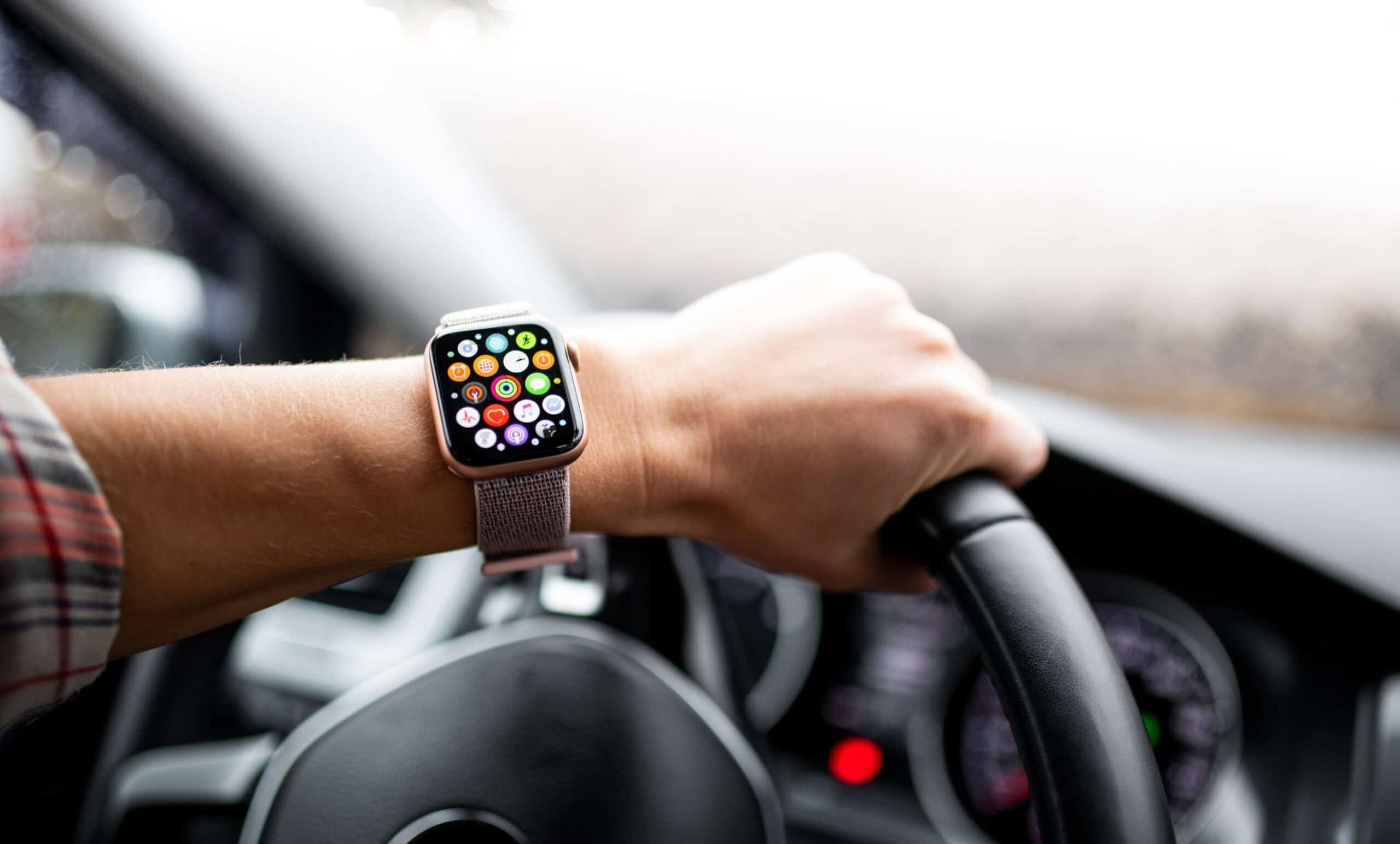Strategic designers understand how their work impacts an organization’s bottom line and its long-term success. Designers frame problems, find solutions and drive innovation. But more than that, they can help shape an organization’s value proposition, enabling it to place design at the core of the brand.
But how can designers make this argument to stakeholders and partners unaware of the true value of design and its myriad potential applications across a business? You can craft a compelling case by pointing to studies, real-world examples and/or market trends.
The application of strategic design is growing across organizations and industries. More companies are involving future-thinking designers in defining and developing their strategies and creating leadership positions for designers, according to the team behind the book Strategic Design: Eight Essential Practices Every Strategic Designer Must Master.
1. Share Reports on How Design Adds Value
In conversations with company leadership, you can highlight why so many companies view design as an important element of their overall strategy. Strategic design melds business strategy with creative thinking, helping businesses better serve users and drive revenue.
A powerful resource to showcase is a McKinsey & Company study, which found companies with high scores for design (they integrate design throughout their business) had revenues double their industry benchmarks.
And a well-known InVision report, The New Design Frontier, found companies with mature design strategies reduced costs, increased revenue and improved their market positions.
2. Spotlight Design-Led Organizations
Another tool for storytelling around design value? A business case.
Let’s see how some of the world’s top companies center design in their strategy and explore how designers are helping to lead their companies into the future. Some companies have built their success on design-driven strategies.
A rigorous 10-year study by the Design Management Institute found that design-centric companies outperformed the S&P by a whopping 228% during that time period. A few prominent examples of both up-and-comers and design-driven veterans include:
- ASOS: The global retailer has streamlined its navigation and enhanced customer experience through engaging features like its virtual catwalk that help deliver a perfect fit. These design enhancements helped drive a 27% revenue increase between 2017 and 2018.
- Netflix: Perhaps no company today has leaned harder into design than Netflix. The company has carefully designed the user experience to be as intuitive and effortless as possible. More than 80% of the TV shows watched on the platform are discovered through its own recommendation engine.
- Apple: The tech titan makes design part of everyone’s role. Though missteps are inevitable for any company—including Apple—founder Steve Jobs set the company on a design-centered path from the beginning. That’s helped Apple maintain its status as one of the world’s most valuable brands—second only to Amazon in 2021.
- Logitech: The tech manufacturing company’s CEO and chief design officer (CDO) worked together closely to transform the business into a design-led organization focused on product innovation by embedding design at every level, from strategy to execution. In the process, Logitech became a $2 billion company that experienced a fourfold increase in profits between 2012 and 2015.
- Airbnb: There’s a reason the vacation rental company has had massive success by being design-focused: It was founded by designers. Nasdaq predicts it’s on track to become a trillion-dollar enterprise by 2030.
- Dyson: The company that was once most widely known for selling vacuums with a cult following has always been about design. But with their engineers and designers working together, they discovered a new product category in need of their innovative, design-led approach: hairdryers. In 2018, the Supersonic was instrumental in increasing both Dyson’s sales (28%) and profits (33%).
3. Show Design Professionals Are in Demand
Keeping pace with industry growth, demand for skilled designers is also on the rise. In fact, five times as many UX designers were hired in 2020 than in 2019. According to Dribbble’s latest Design Industry Trends Report, UI, UX and product designers are expected to remain among the most in-demand design roles for 2022.
In recent years, designers have also claimed their rightful place in the C-suite, with 40 of the top 100 companies adding a chief design officer (CDO) to their leadership teams.
Ultimately, strategic design doesn’t just make products or services better; it makes companies stronger. And as more designers move into top roles to add value, make decisions and impact direction, they gain the power to transform their companies—and their careers.
* * *
Want to learn how to connect user-centered work to the advancement of business objectives, confidently contribute to strategy conversations and demonstrate the return on investment of design? Enroll in Pragmatic Institute’s Business Strategy & Design course.
Author
-

The Pragmatic Editorial Team comprises a diverse team of writers, researchers, and subject matter experts. We are trained to share Pragmatic Institute’s insights and useful information to guide product, data, and design professionals on their career development journeys. Pragmatic Institute is the global leader in Product, Data, and Design training and certification programs for working professionals. Since 1993, we’ve issued over 250,000 product management and product marketing certifications to professionals at companies around the globe. For questions or inquiries, please contact [email protected].
View all posts








